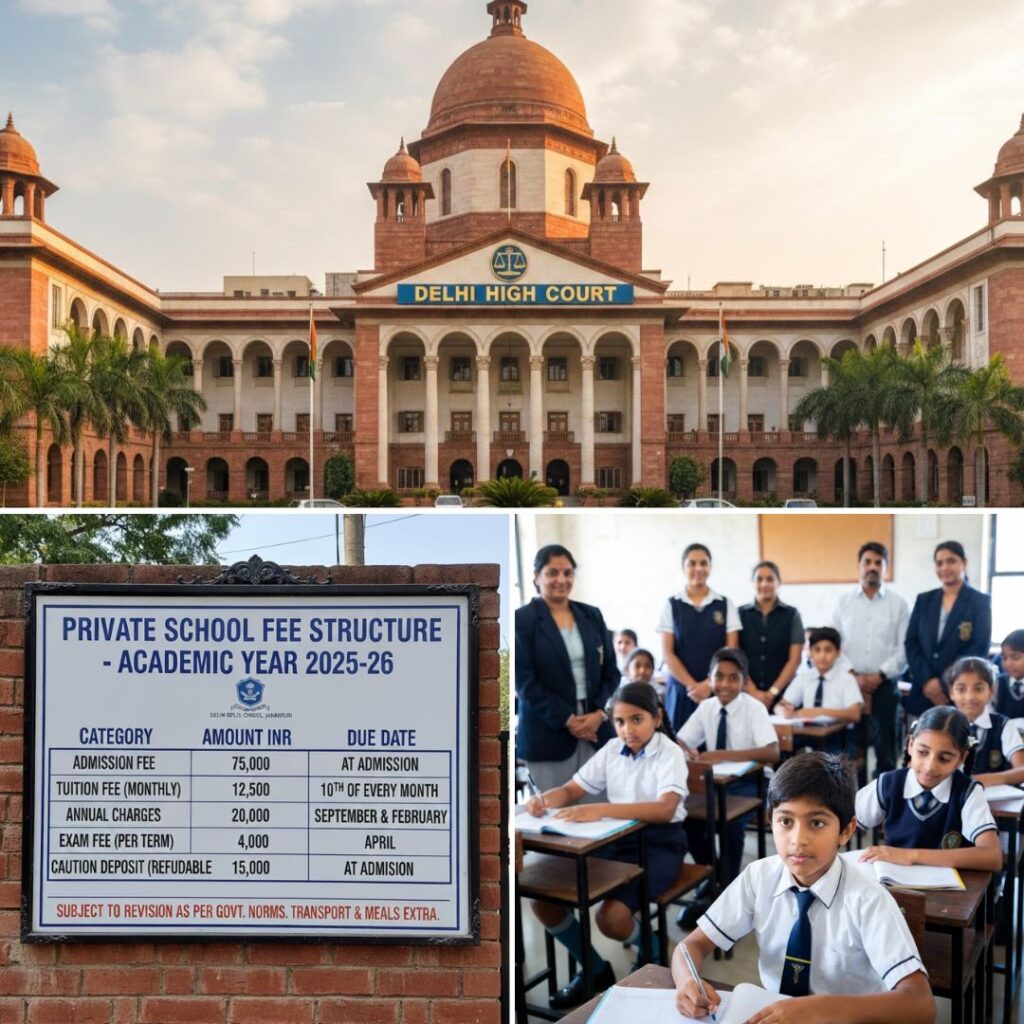About 330 million people are affected by drought in India, the government has said. The country is reeling under severe water shortage and desperately poor farmers are suffering crop losses. Scientists and activists have warned that relentless and unchecked groundwater extraction has led to a precipitous drop in water tables across India – the world’s fastest rate of groundwater decline.
In such a grave situation, packaging companies including giants like PepsiCo India are exploiting groundwater to the hilt for profit.
The water package industry has crossed Rs 1,000 crore mark in terms of annual revenues that it generates out of selling groundwater. While they have achieved an annual growth rate of 40–50 per cent, water tables in areas where these companies operate are depleting at a similar rate.
In the past three years, the Central Ground Water Authority (CGWA) has allowed 144 companies, both MNCs and home-grown, to extract groundwater for free and sell to us at a higher premium, but only 24 companies are discharging their basic obligations of recharging the aquifers and recycling the wastewater that is produced in the bottling process, a Cobrapost report revealed.
PepsiCo’s popular brands like Slice, Pepsi, Mountain Dew, 7 Up, Tropicana, Nimbooz and Aquafina draw 6,48,000 cubic meters of groundwater every year. However, the company has not recharged ground water, although it is supposed to recharge a total of 83,778 cubic meters of water every year.
144 companies were issued NOCs for extraction of groundwater by the CGWA under the Ministry of Water Resources, but only 24 of them claim to have taken measures to recharge ground water. The impact of such unscrupulous exploitation is being felt in areas where these plants operate. In Nithari village in Noida, Uttar Pradesh, where Vishal Beverages runs a bottling plant, the water table has receded to about 180 ft, making a natural resource like water, difficult to access for the locals. Ironically, this area has been categorized by the CGWA as safe for groundwater extraction. Similarly, in Roza Yakubpur, Kasna and Surajpur, where such bottling plants operate, water table has receded to more than 180 ft.
If safe zones can witness this kind of drastic drop in their water tables, then groundwater in semi-critical, critical and overexploited zones may finish altogether in the near future if extraction of groundwater continues this way and adequate measures are not taken.
While on one side, the situation is so dire that the government had to send a “water train” of tankers carrying half a million liters (1,32,000 gallons) to the worst-hit district of Latur, Maharashtra, on the other side these MNCs are doing little to recharge the water tables.
– Sumedha Mahajan











